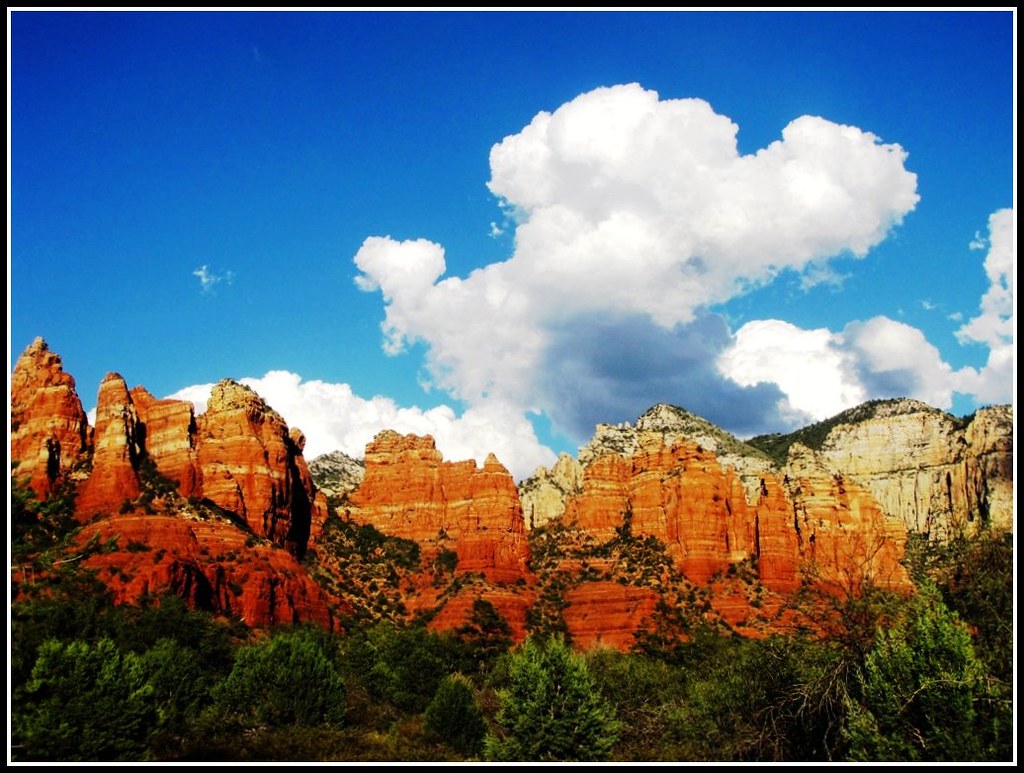The United States stands as a mecca for rock climbers around the world, offering an incredible diversity of climbing experiences across its varied landscapes. From the towering granite walls of Yosemite Valley to the desert splendor of Utah’s red rock formations, American climbing destinations represent some of the most iconic and challenging routes on the planet. Whether you’re a beginner looking to develop your skills or an experienced climber seeking the next great challenge, the American climbing scene offers something for everyone. This comprehensive guide maps out the essential climbing destinations across the western United States, highlighting what makes each location special and providing crucial information for planning your climbing adventure.
The Iconic Yosemite Valley: Birthplace of American Climbing
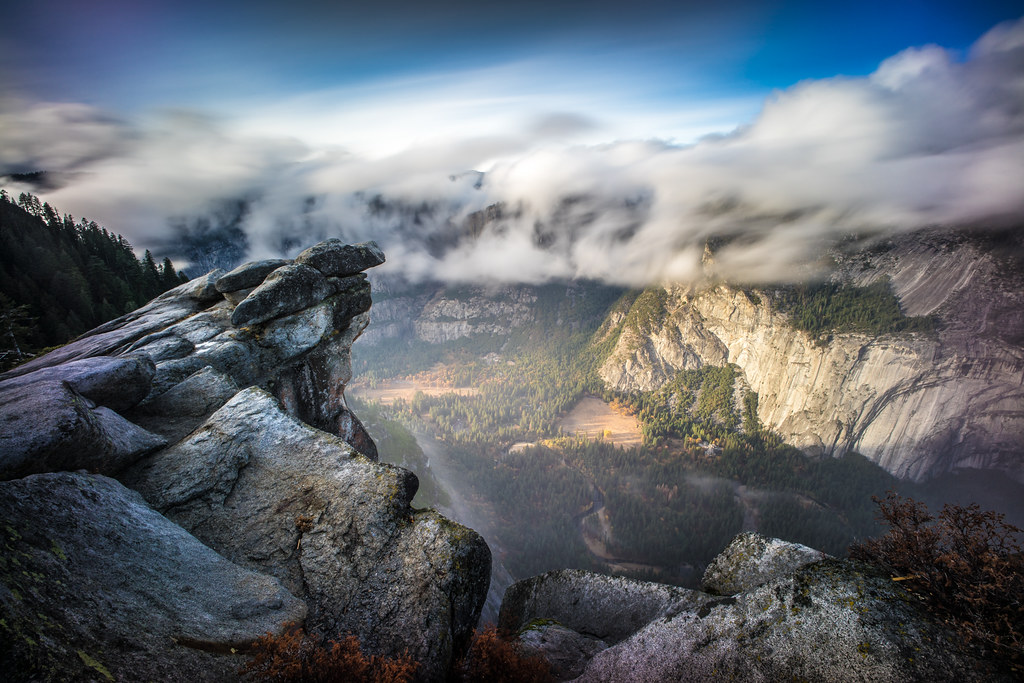
Yosemite Valley in California stands as the undisputed cathedral of American rock climbing, with El Capitan and Half Dome serving as its most revered altars. This granite wonderland helped birth modern climbing techniques, particularly big wall climbing, when pioneers like Royal Robbins and Warren Harding established the first routes up El Capitan in the late 1950s. Today, climbers from around the world make pilgrimages to test themselves on classic routes ranging from beginner-friendly single-pitch climbs at Church Bowl to the 3,000-foot walls of El Capitan. The valley’s climbing season typically runs from spring through fall, with late spring and early fall offering the most comfortable temperatures and manageable crowds for those looking to experience this hallowed climbing ground.
Joshua Tree: The Desert Granite Playground
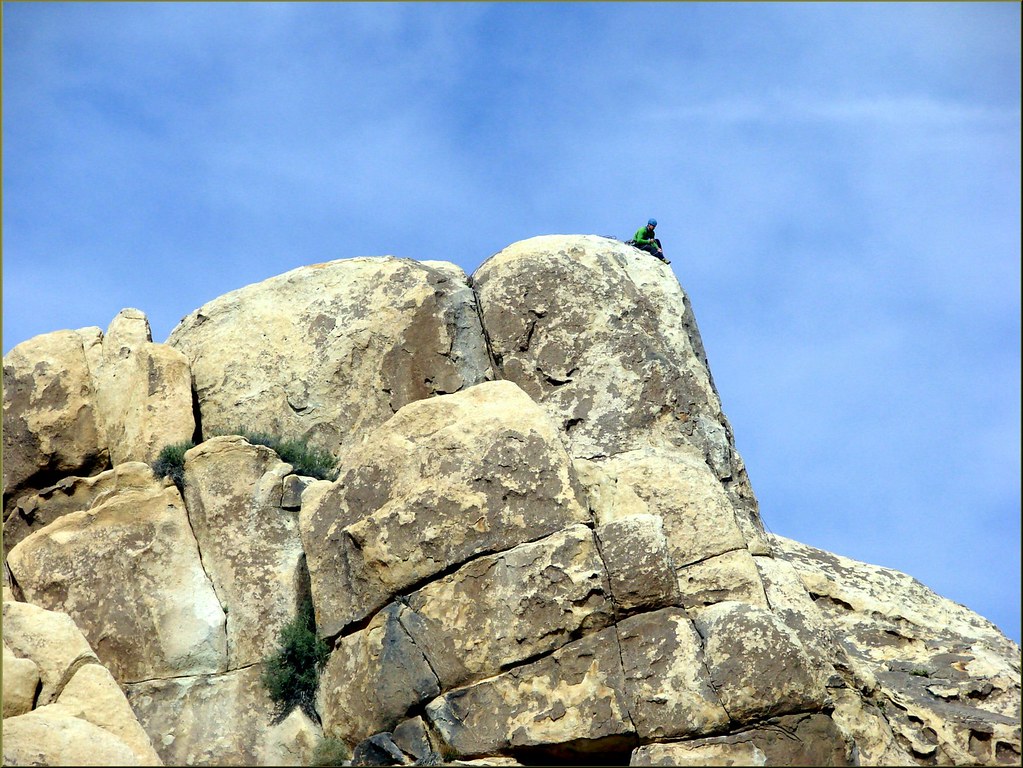
Located in Southern California’s high desert, Joshua Tree National Park offers over 8,000 established routes on unique monzogranite formations that seem to sprout from the earth like prehistoric sculptures. The park’s climbing style is characterized by friction-dependent slab climbing, challenging crack systems, and distinctive features that demand creative problem-solving. Joshua Tree particularly shines as a winter climbing destination when temperatures in the desert become perfect for climbing while many other areas are snowbound. The park’s proximity to Los Angeles makes it accessible, yet the vast expanse of climbing areas ensures that solitude can still be found away from the more popular sectors. For beginners, areas like the Real Hidden Valley and Intersection Rock offer excellent introduction routes, while advanced climbers can test themselves on classic test pieces like “Figures on a Landscape” and “Equinox.”
Red Rock Canyon: Las Vegas’ Climbing Paradise

Just a short drive from the Las Vegas Strip lies Red Rock Canyon National Conservation Area, a climbing paradise featuring dramatic sandstone walls striped with vibrant red, orange, and cream-colored bands. This area offers over 2,000 routes across a range of styles including sport climbing, traditional climbing, and multi-pitch adventures that can reach over 1,000 feet in height. The unique sandstone requires specialized climbing techniques and careful consideration of weather conditions, as the rock becomes fragile when wet. Prime climbing seasons run from fall through spring, with winter providing perfect temperatures for sunny walls and summer being nearly unbearable except on shaded north-facing routes. Popular areas include the Calico Hills for shorter routes and the imposing walls of Oak Creek Canyon and Pine Creek for longer, more committing climbs that feel worlds away from the nearby city lights.
Smith Rock: Oregon’s Sport Climbing Pioneer
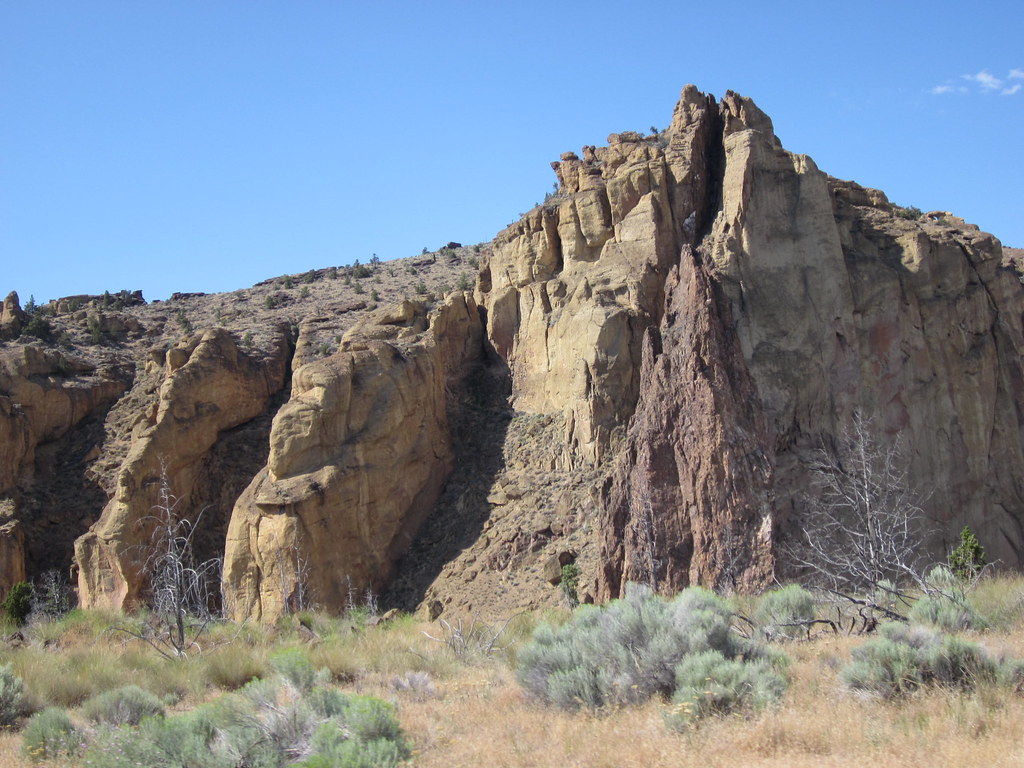
Smith Rock State Park in central Oregon revolutionized American climbing in the 1980s as the birthplace of modern sport climbing in the United States. The volcanic tuff formations create steep, technical faces where pioneers like Alan Watts established some of America’s first bolted sport routes. The park’s signature formation, Monkey Face, stands as an iconic 350-foot pillar featuring the famous “Just Do It,” one of America’s first 5.14c routes. Smith Rock’s climbing culture emphasizes technical precision on vertical faces, with routes ranging from beginner-friendly 5.7s to project-worthy 5.14s. The microclimate of the area allows for year-round climbing, though summer afternoons can become blazingly hot on the south-facing walls, making early mornings and evenings the preferred climbing times during peak summer months.
The Needles: California’s Hidden Granite Spires
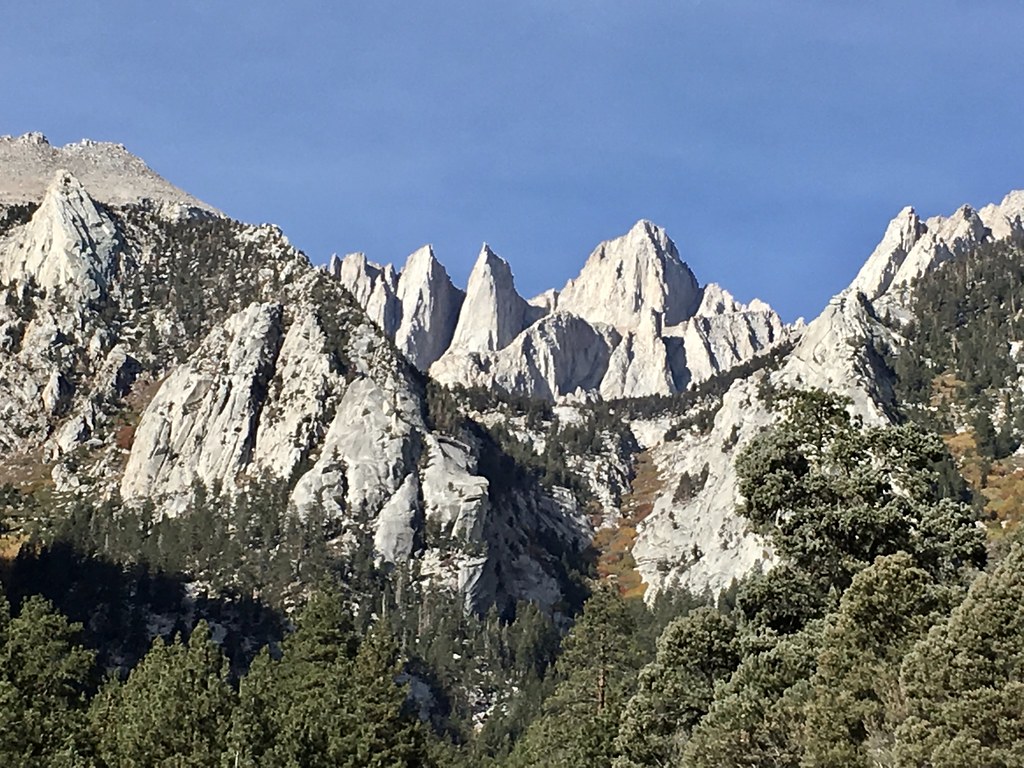
The Needles in California’s Sierra Nevada mountains represent one of the most unique and aesthetic climbing areas in America, featuring towering granite spires that reach for the sky like stone fingers. Located in Sequoia National Forest, this area demands a significant approach hike that keeps crowds minimal compared to more accessible destinations. The climbing style emphasizes traditional face climbing on exceptional quality granite with unusually positive holds for such steep terrain. Most routes range from 500 to 700 feet in height, requiring solid multi-pitch experience and the ability to navigate sometimes complex descents. The relatively short season from late June through September (depending on snowpack) creates a narrow window to experience this magical climbing area, where routes like “Atlantis” and “Romantic Warrior” rank among the finest granite climbs in the country.
Moab’s Desert Towers: Utah’s Vertical Sandstone Challenge
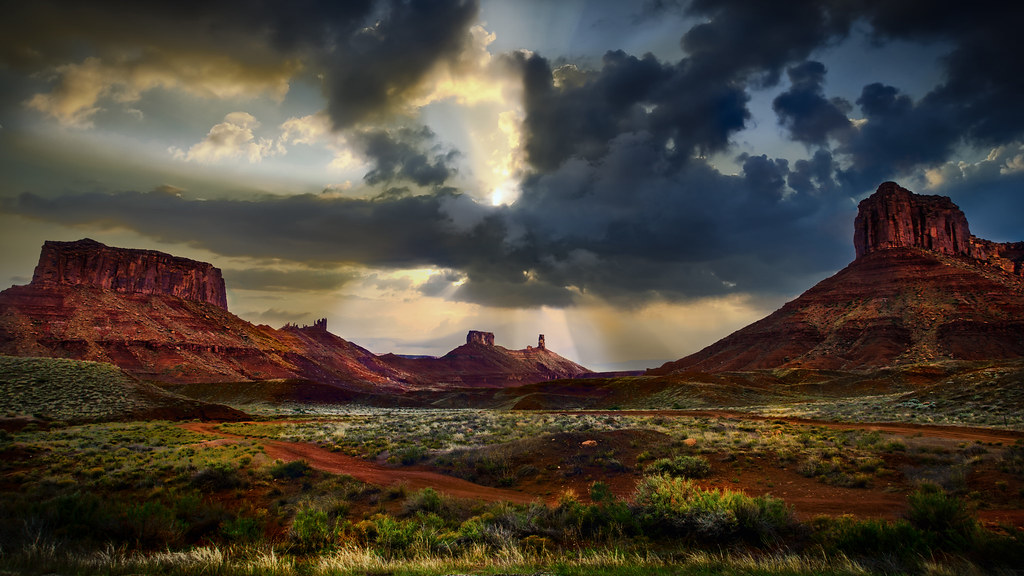
The area surrounding Moab, Utah presents an otherworldly climbing landscape dominated by free-standing sandstone towers that have become iconic in the climbing world. Formations like Ancient Art, Castleton Tower, and the Fisher Towers offer unique climbing experiences on desert sandstone that ranges from solid to frighteningly loose and muddy. The climbing style typically involves wide crack systems, offwidths, and chimneys that demand specialized techniques and gear like big cams and even wooden wedges called “birdbeaks” on the softer towers. Spring and fall provide the optimal climbing conditions, with temperatures becoming unbearably hot in summer and potentially too cold in winter. The exposed nature of these towers also means climbers must be vigilant about thunderstorms, which can develop quickly and create extremely dangerous conditions on the exposed summits that serve as lightning rods.
Indian Creek: Crack Climbing Paradise
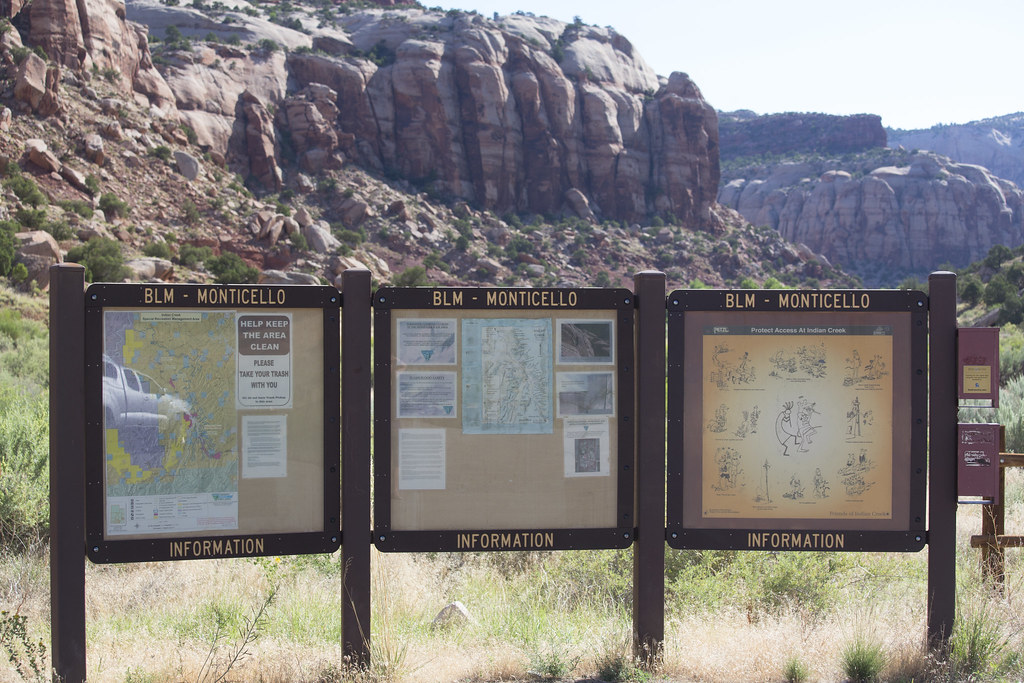
Indian Creek, located in Bears Ears National Monument in southeastern Utah, stands as the global standard for crack climbing with its seemingly endless perfect splitter cracks slicing through stunning red sandstone walls. This area specializes in one thing—pure crack climbing—with routes typically featuring a single continuous crack from bottom to top, demanding perfect technique and often a large collection of same-sized cams. Climbers visit from around the world to test themselves on these physical routes that range from thin finger cracks to offwidths wide enough to swallow a climber’s entire body. The climbing community at “The Creek” is particularly tight-knit, with climbers often camping together in the desert and sharing gear to tackle the notoriously cam-hungry routes. Spring and fall offer the prime seasons, though dedicated climbers sometimes brave winter conditions to experience the magic of this crack climbing mecca without the crowds.
City of Rocks: Idaho’s Granite Wonderland
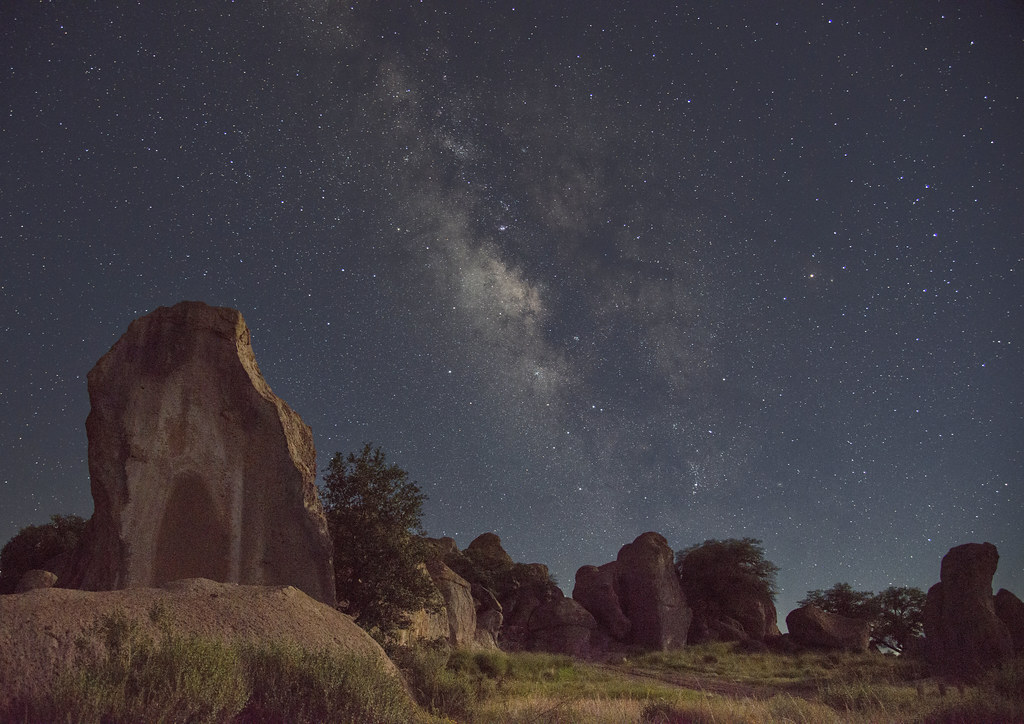
City of Rocks National Reserve in southern Idaho offers a unique climbing experience on varied granite formations that rise dramatically from the high desert landscape. This historic area not only provides excellent climbing but also connects climbers with the past, as many of the formations still bear the axle grease inscriptions of pioneers who traveled the California Trail in the 1800s. The climbing style varies widely, from technical face climbs to splitter cracks and everything in between, making it an excellent destination for climbers looking to develop well-rounded skills. With over 700 established routes, City of Rocks offers something for every ability level, from beginner-friendly slabs to challenging test pieces on formations like Bath Rock, Elephant Rock, and the Bread Loaves. The best climbing seasons run from late spring through fall, with summer mornings offering perfect conditions before afternoon thunderstorms sometimes roll in.
Boulder Canyon and Eldorado Canyon: Colorado’s Front Range Classics
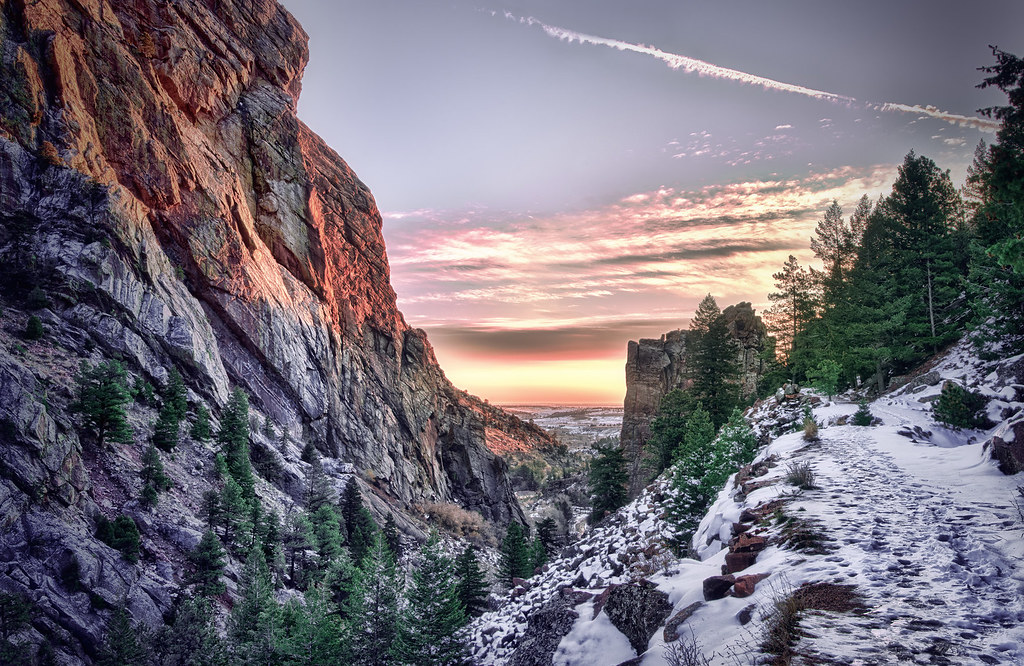
Just outside the climbing hub of Boulder, Colorado lie two world-class climbing areas with distinctly different characters. Boulder Canyon offers a wide variety of sport and traditional routes on granite that follows the scenic canyon carved by Boulder Creek, making it possible to climb in the shade throughout hot summer days by following the sun or shade as desired. Just a few miles away, Eldorado Canyon State Park presents a more serious and committing climbing experience on distinctive sandstone formations, with routes established by pioneers like Layton Kor in the 1960s that still test modern climbers. “Eldo” demands respect with its sometimes runout protection, complex route finding, and variable rock quality, but rewards climbers with classic routes like “The Bastille Crack” and “Wind Ridge” that rank among America’s finest traditional climbs. Together, these areas provide a perfect progression system for climbers developing their skills in the shadow of the Rocky Mountains.
Black Canyon of the Gunnison: Colorado’s Serious Adventure Climbing
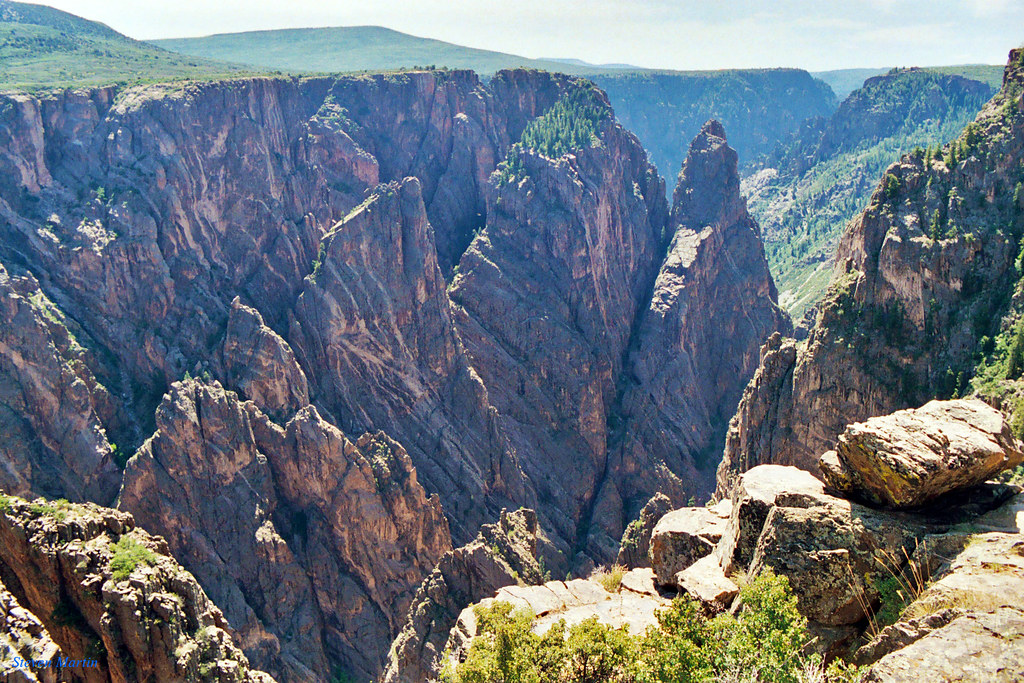
The Black Canyon of the Gunnison in western Colorado represents adventure climbing at its most serious, with 2,000-foot walls of dark metamorphic rock descending steeply to the Gunnison River below. Unlike more accessible climbing areas, the Black demands commitment at every stage—from the steep approach hikes down into the canyon to the complex route finding on the sometimes loose and vegetation-covered walls. Routes in the Black typically involve traditional climbing at a moderate grade but with serious consequences due to the remote setting and difficult rescue scenarios. The climbing season runs primarily from late spring through early fall, though the north-facing walls can remain cold and damp well into summer. For those with the necessary experience and mental fortitude, routes like the “Casual Route” on the North Chasm View Wall offer some of the most committed and rewarding climbing experiences in America, where summiting means you’ve truly earned your place among serious traditional climbers.
Ten Sleep Canyon: Wyoming’s Sport Climbing Revelation
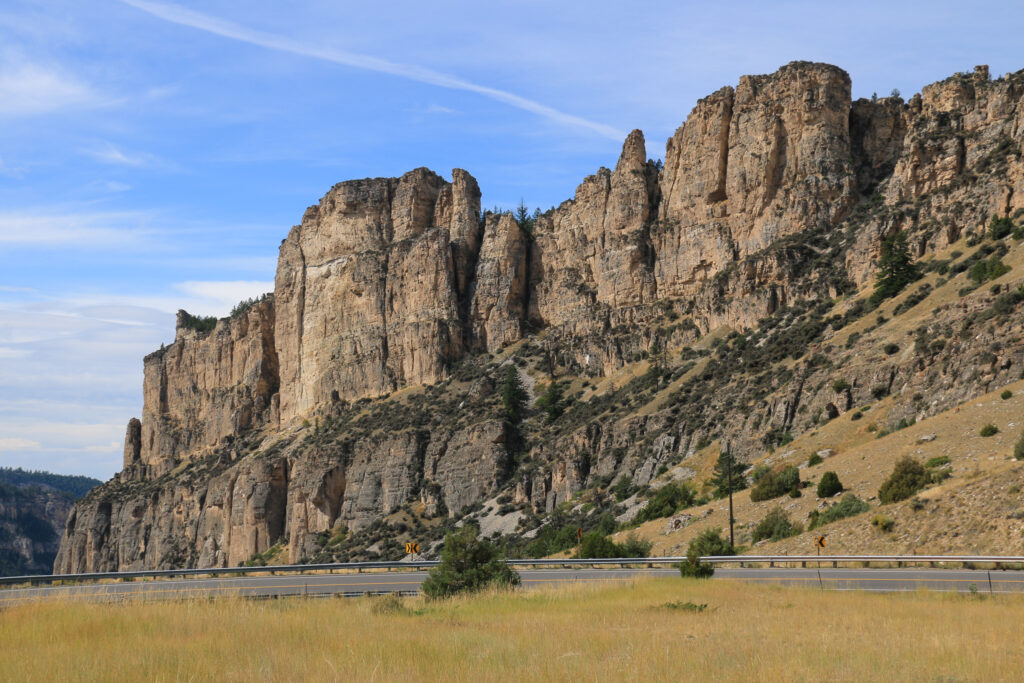
Ten Sleep Canyon in northern Wyoming has emerged in recent decades as one of America’s premier limestone sport climbing destinations, featuring highly technical face climbing on pocketed white and tan limestone walls. This once-sleepy cowboy town now attracts international climbers who come for the densely packed sport routes that range from 5.7 to 5.14 in difficulty, with an emphasis on technical, sequential climbing on generally positive holds. The Bighorn Mountains setting provides a dramatic backdrop for the climbing experience, with the canyon offering both sunny and shaded walls that allow for comfortable climbing throughout the summer season. The climbing community centers around the Ten Sleep Brewing Company and nearby camping areas, creating a friendly atmosphere where climbers share beta and stories after days on the rock. Winter brings heavy snow to the canyon, making the prime season run from late spring through early fall, with July and August offering perfect conditions when many other climbing areas are too hot.
Devil’s Tower: America’s First National Monument
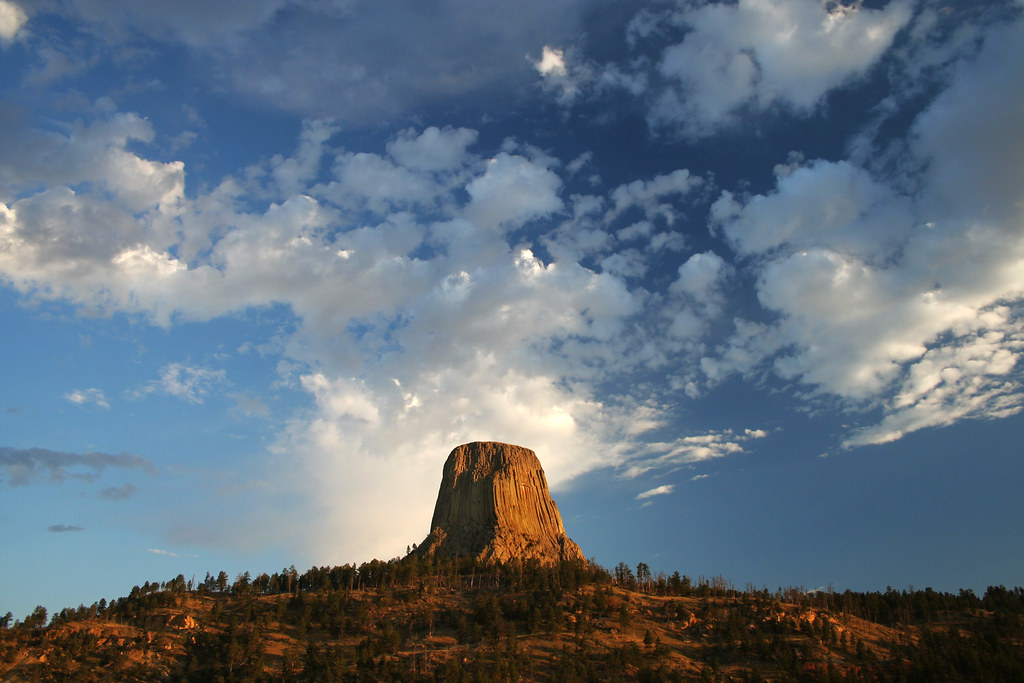
Rising dramatically from the plains of northeastern Wyoming, Devil’s Tower presents one of the most distinctive climbing objectives in North America—a 867-foot phonolite porphyry butte featuring perfect columnar cracks that seem designed specifically for climbing. Made famous in popular culture through films like “Close Encounters of the Third Kind,” this sacred Native American site offers a unique climbing experience that focuses almost exclusively on crack climbing up the hexagonal columns that form the tower’s structure. The standard “Durrance Route” (5.7) serves as one of America’s classic moderate climbs, while harder routes like “El Matador” (5.10+) test climbers with sustained crack systems that demand specialized techniques. A voluntary climbing closure during the month of June respects Native American ceremonies at this sacred site, while the best climbing conditions typically occur in late summer and early fall. Summiting Devil’s Tower represents a bucket-list accomplishment for many traditional climbers, offering 360-degree views across the Wyoming plains from its distinctive flat top.
Planning Your American Climbing Road Trip
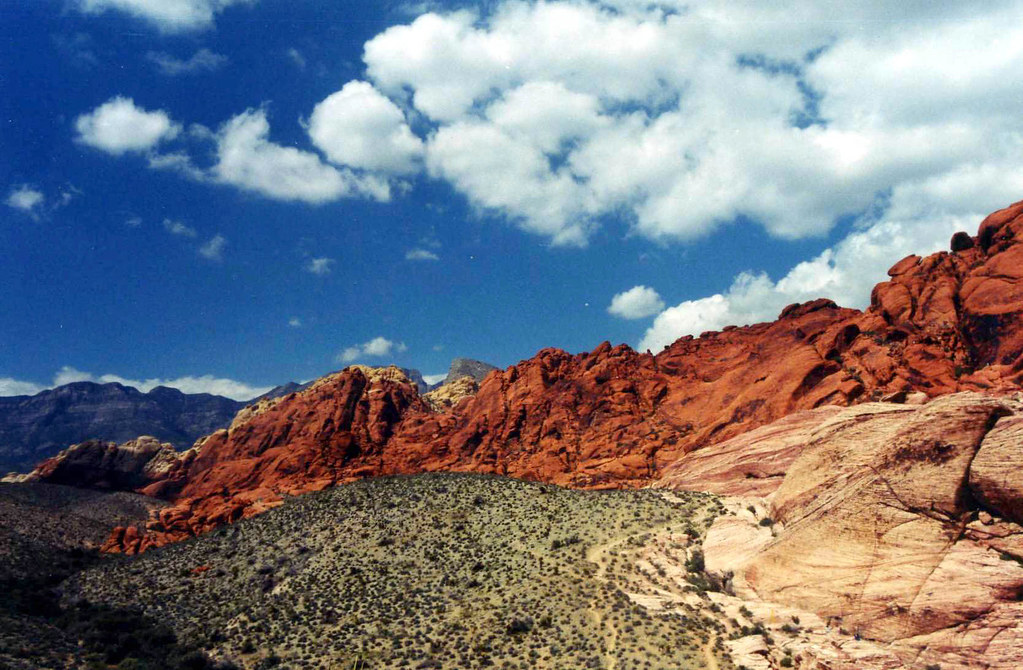
Creating the ultimate American climbing road trip requires careful consideration of seasons, climbing styles, and personal objectives. Most experienced climbers recommend starting with the desert destinations (Red Rocks, Joshua Tree, Moab, Indian Creek) in spring or fall, while focusing on higher elevation areas like the Sierra Nevada or Rocky Mountains during summer months. Vehicle choice becomes important when accessing more remote areas like Indian Creek or the Needles, where high-clearance vehicles often prove necessary for dirt road approaches. Budget-conscious climbers can take advantage of free camping on Bureau of Land Management (BLM) land near many climbing destinations, though increasing popularity has led to camping restrictions in some areas. The climbing community generally embraces a “leave no trace” ethic, with climbers expected to pack out all trash, stay on established trails, and respect closures for raptor nesting or Native American cultural events. Planning around these considerations creates not just a climbing trip but a journey through America’s most spectacular landscapes and climbing cultures.
The American rock climbing landscape offers an incredible diversity of experiences, from the serious big walls of Yosemite to the perfect splitter cracks of Indian Creek. Each area carries its own unique character, climbing style, and community vibe, allowing climbers to experience not just different types of rock but different climbing cultures. Whether you’re planning a dedicated trip to a single area or embarking on the classic American climbing road trip, these destinations represent the pinnacle of what rock climbing in the United States has to offer. By respecting local ethics, timing your visits with optimal seasons, and progressing through areas that match your ability level, you’ll create memories on some of the most spectacular rock formations on the planet—and perhaps more importantly, connect with the rich tradition of American climbing that continues to evolve with each generation of climbers who test themselves on these iconic walls.

